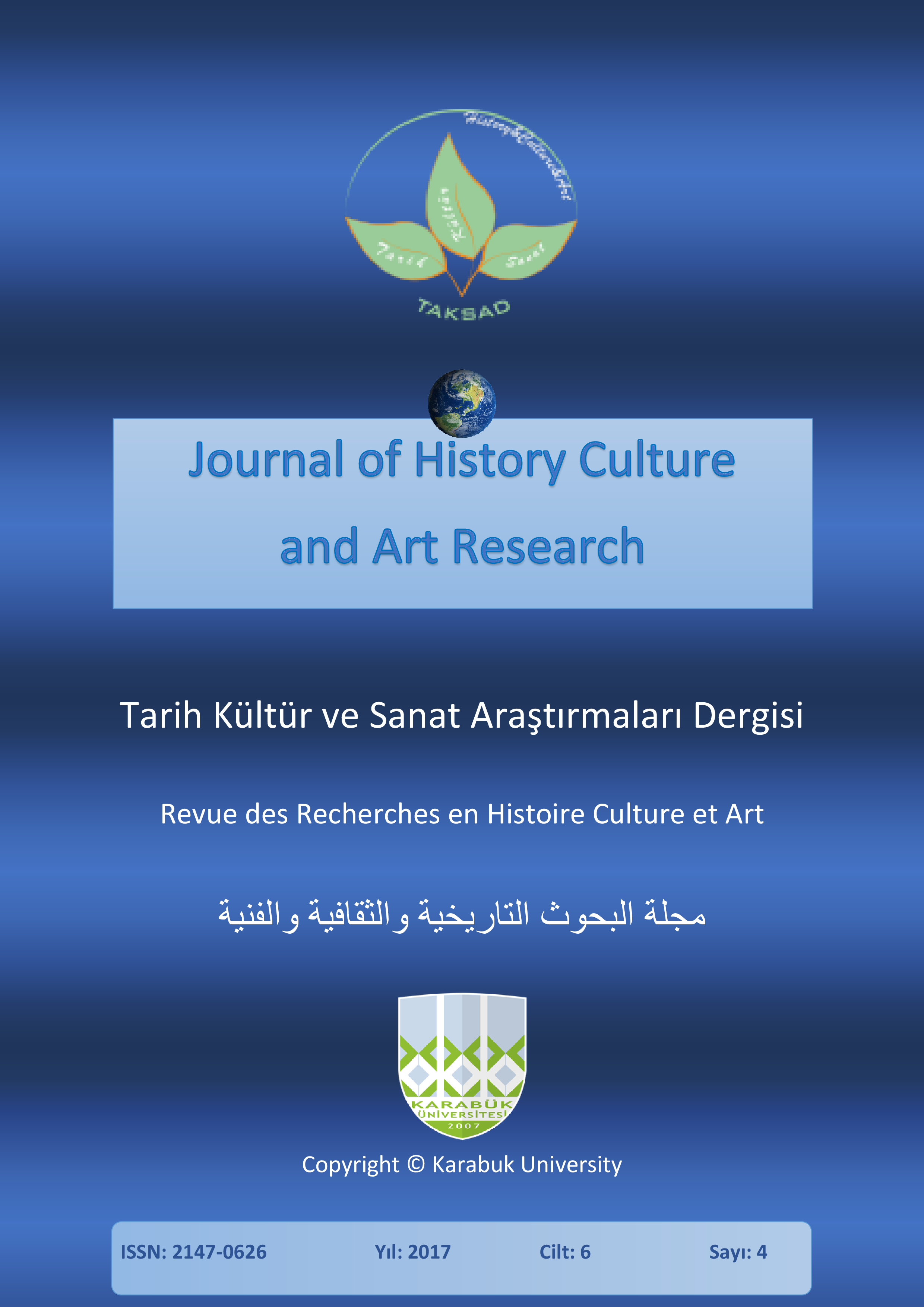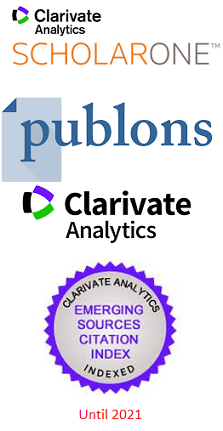Methods of Modality Transmission within Intercultural Communication
DOI:
https://doi.org/10.7596/taksad.v6i4.1147Anahtar Kelimeler:
Linguistics- Education- Category of modality- Bilingual translation- Student- Modal values- Adequacy of translation- Intercultural communication.Özet
The main idea of the research is the specifics of modality expression in English compared with the Russian language. Therefore, this analysis helps us not only to understand the nature of modality, but also the ways of its expression. For this purpose, the study benefits from comparative analysis methodology. The analysis of similarities and differences in the category of modality in English and Russian languages, translation techniques of modal meanings are investigated in the article. The article contributes to the expansion and deepening of modality linguistic concepts. Materials of the article can be useful in practice of teaching English, especially on the practical classes in translation and in further development of theoretical issues of language modality.
Referanslar
Belyaeva, E. I. (1987). Communicative situation and speech act of a request in the English language. Foreign languages in school, 1, 6-9.
Belyaeva, E. I. (1992). Grammar and motivation pragmatics: the English language. Voronezh: VGU.
Fahrutdinova, A. V. & Marsheva, T. V. (2015). Modern approaches to understand communicative strategy, Ufa, 6(2), 185-188.
Gali, G. F. & Shakhnina, I. Z. (2015). The world of the professions connected with use of English and role of the English language in the modern world. Foreign languages in the modern world: a state and tendencies of development of estimation system in education: collection of articles VIII of the International scientific and practical conference, pp.162-166. Kazan.
Galperin, I. R. (1980). Linguo-stylistics (Eds.) Innovations in the international Linguistics, 9. Moscow: Progress.
Maugham, W. S. (1985). The Creative Impulse. Translated into English by M. Loriye. The chosen works in 2 volumes; V. 2., originator V. Skorodenko. Moscow: Raduga.
Maugham, W. S. (2000). The Creative Impulse. Selected Short Stories: the collection into English language; originator N.A. Samuelyan (4th ed.). Moscow: Manager.
Muller, M.; Sapir, E.; Whorf, B. & Wittgenstein, L. (2003). Languages as an image of the world. Moscow: AST, Terra Fantastica.
Nemets, G. P. (1989). Semantic-syntactical ways of modality expression in the Russian language. Rostov-on-Don.
Retsker, Ya. I. (2007). Translation theory and translation practice. Sketches of a linguistic translation theory (3rd ed.). Moscow: Valent.
Russia under pressure [digital resource] (2008a). Retrieved from: http://www.guardian.co.uk.
Russia under pressure [digital resource] (2008b). Retrieved from: http://inosmi.ru.
Shmeleva, T. V. (1984). Notional organization of a sentence and a problem of modality. Actual problems of Russian syntax, pp. 78-100. Moscow: Moscow state university.
Swan, M. (1995). Practical English usage (2nd ed.). Oxford: Oxford University Press.
Viney, J. P. & Darbelnet, J. (1995). Comparative Stylistics of French and English: A Methodology for Translation. Amsterdam.
Vinogradov, V. V. (1960). Grammar of the Russian language. (Vol. 2, Syntax part 2). Moscow: Academy of Sciences of the USSR.
Why America Isn't working [digital resource]. – 2010a. – 1 September. –Access mode: http://www.project-syndicate.org.
Why America Isn't working [digital resource]. – 2010b. – 2 сентября. –Access mode: http://inosmi.ru.
İndir
Yayınlanmış
Nasıl Atıf Yapılır
Sayı
Bölüm
Lisans
Tarih Kültür ve Sanat Araştırmaları Dergisi'nde yayımlanan tüm çalışmalar Creative Commons 4.0 CC-BY lisansı ile lisanslanmıştır.
Bunları yapmakta özgürsünüz:
- Bu eseri her boyut ve formatta paylaşabilir — kopyalayabilir ve çoğaltabilirsiniz.
- Materyalden Adapte et — karıştır, aktar ve eserin üzerine inşa et
- her türlü amaç için, ticari amaç da dahil
Alttaki şartlar altında:
Atıf — uygun bilgiyi, lisansa linki, and ve değişiklik yapıldıysa değişiklik bilgisinivermelisiniz. Sizi veya kullanımınızı lisansörün onayladığı bilgisini içermemek kaydıyla, size uygun şekilde bu işlemleri gerçekleştirebilirsiniz.
AynıLisanslaPaylaş — Eğer materyali karıştırdınızsa, aktardınızsa ya da materyalin üzerine çalıştınızsa, ancak aynı lisans ile dağıtabilirsiniz.
- Ek sınırlamalar yoktur — Lisansın izin verdiği hakları başkaları üzerinde kanunlarla ya da teknolojiyikullanarak sınırlayamazsınız.







